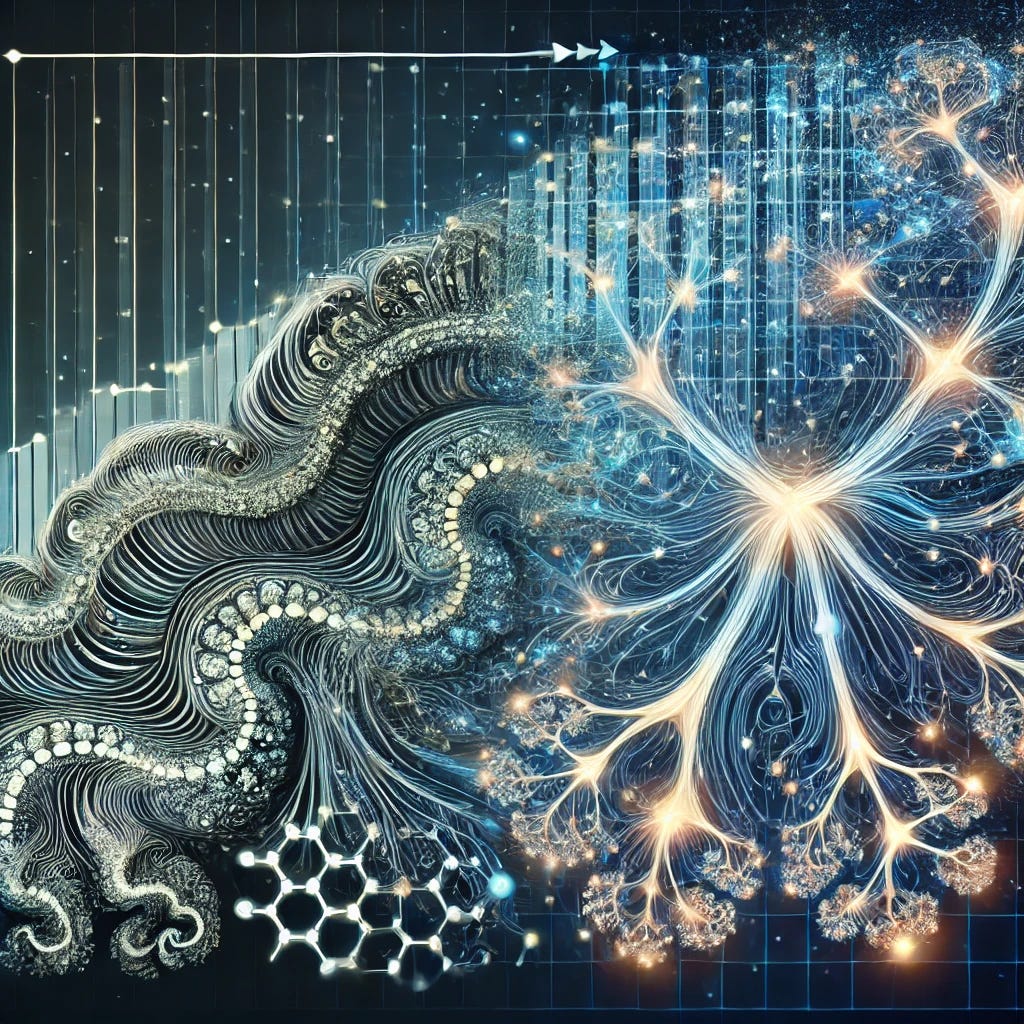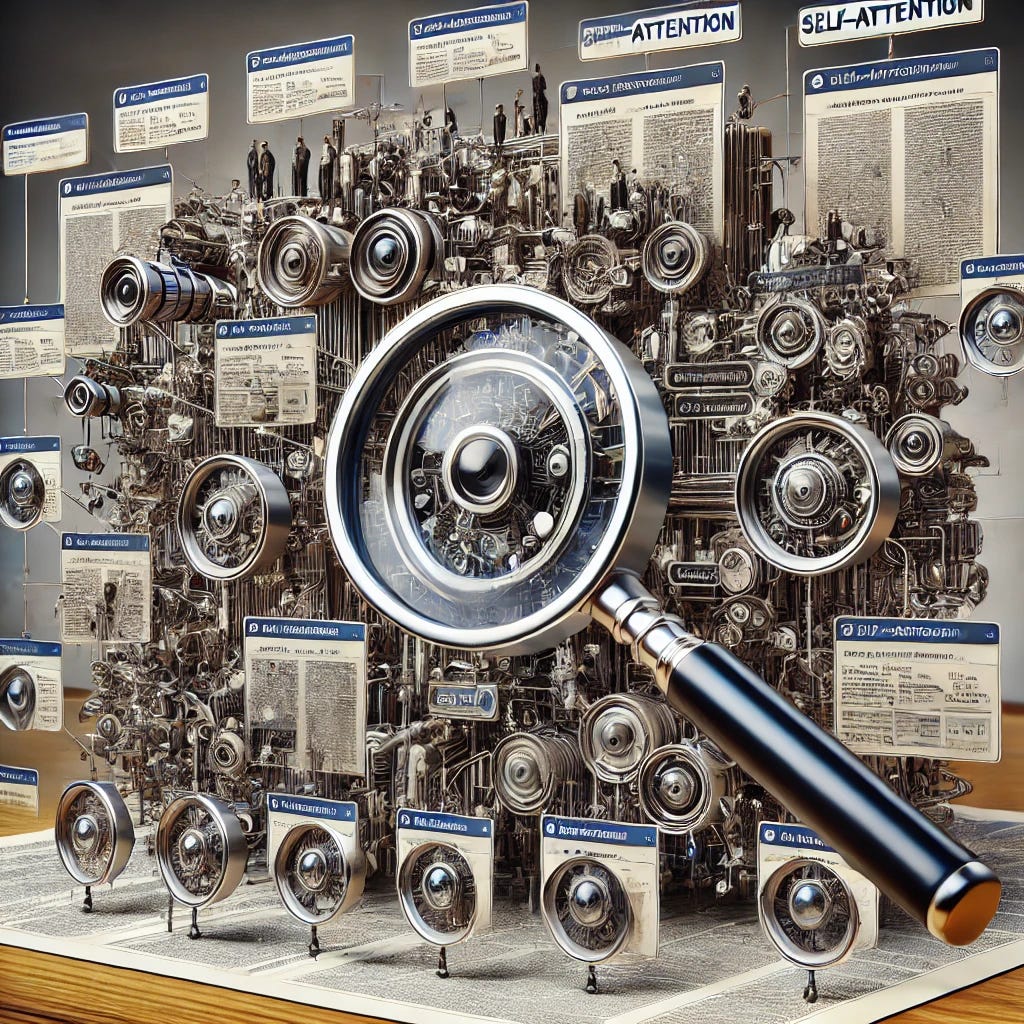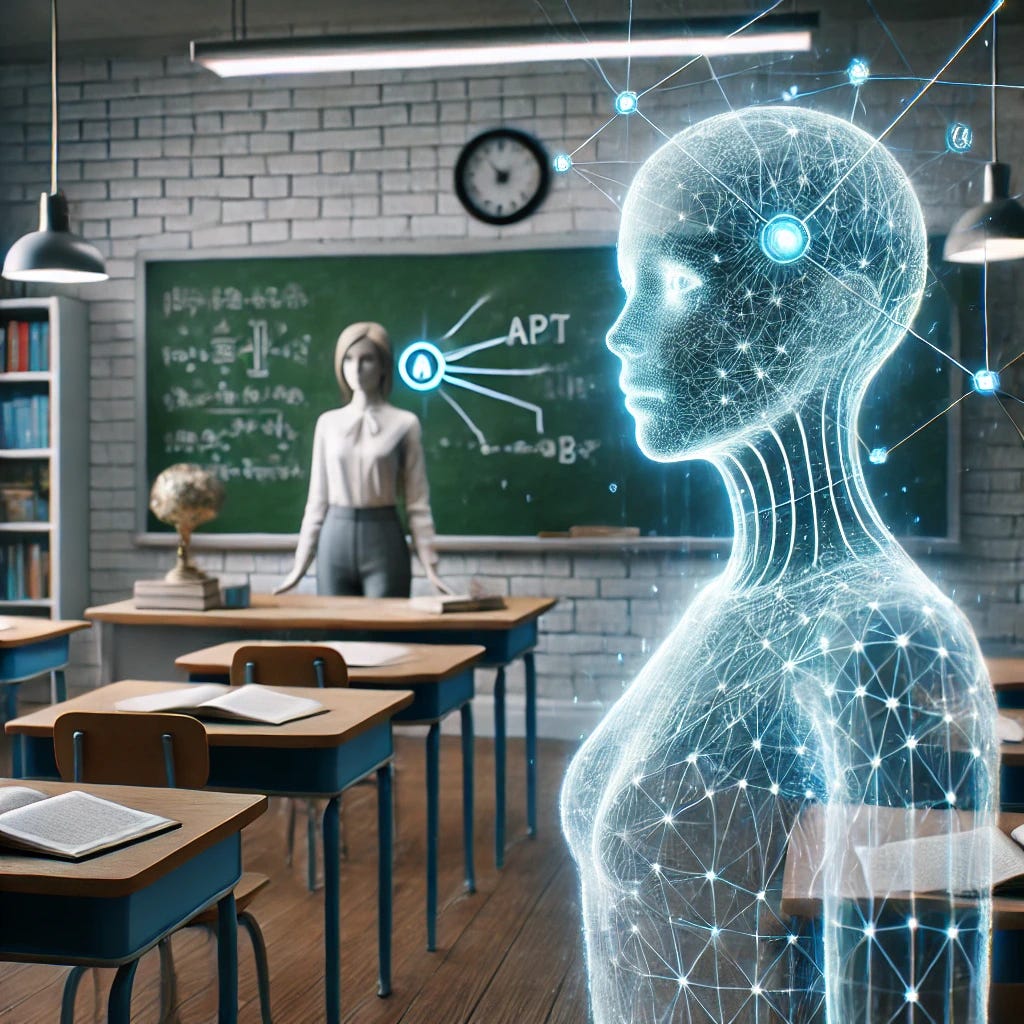“It’s not magic. It’s math.”
That statement inspired this post.
Last week, I attended a conference in Long Beach, CA, hosted by the California Association of Administrators of State and Federal Education Programs (CAASFEP), where sessions included::
Digging into English Learner Data
Excelling in Federal Time & Effort Management
Supporting Targeted Assistance Schools and Schoolwide Programs
Elevating District’s Success with Strategic Single Plan for Student Achievement (SPSA) Support and Review Process
I know. Riveting. But for a guy in my job1, the sessions were quite interesting.
It was the last breakout session where I heard the quote. It was entitled Simplifying Compliance: Responsibly Harnessing AI to Complete State and Federal Plan Requirements and presented by Cathy Troxell and Dana Budd—Associate Directors at the Office of the Fresno County Superintendent of Schools. I was particularly interested in attending because I was a Senior Managing Coordinator at that office some 18 years ago, and it was nice to see representatives from the organization I once served discussing such a cutting-edge topic (particularly in this context).
Troxell made the statement, “It’s not magic. It’s math.” Of course, I understood her meaning. She was trying to assuage this perceived fear that people who are AI applications enthusiasts think most people are experiencing. That AI is coming for our jobs.
My immediate internal response was— “Yes, it is. It’s absolutely magic”. And that’s because I’ve been dipping more deeply into understanding large language models (LLM) and the T in GPT—Transformer.
DISCLAIMER: While I am not a machine learning expert, I approach this topic with enthusiasm and curiosity, particularly regarding AI's impact on education. My experience lies in practical applications, and my aim here is to share insights on this technology's educational potential.
As educators begin to incorporate advanced AI models like GPT (Generative Pre-trained Transformers) into their teaching and administrative processes, questions arise about how these models function and, more importantly, how they develop complex abilities such as reasoning, problem-solving, and creativity. The rapid growth in the use of AI across education, particularly for lesson planning, student assessment, and curriculum development, makes it essential for educators to grasp the basics of how these technologies operate.
However, one of the most perplexing aspects of using models like GPT is understanding how these systems produce advanced, human-like behaviors seemingly beyond their explicit programming. This essay will explore why these abilities emerge in GPT models and why we don’t fully understand this phenomenon, offering insights into what educators should know as they navigate the increasing integration of AI into their work.
What is GPT?
GPT is a type of large language model (LLM) built on a neural network architecture called a transformer. It is trained on vast amounts of text data from the internet and other sources, allowing it to learn patterns, relationships, and structures within language. When presented with a prompt, GPT predicts and generates text based on what it has learned from these patterns. Unlike traditional software, where explicit instructions are given, GPT learns in a bottom-up way: it develops an understanding of language, grammar, and context from data exposure.
As educators use GPT more frequently, it’s important to note that the model’s capabilities are not pre-programmed like traditional tools. Instead, they emerge due to pattern recognition, statistical probability, and extensive training on large datasets. While this flexibility makes GPT highly adaptable for various tasks, it also raises questions about how specific abilities—like creative writing, logical reasoning, and problem-solving—seem to develop without direct instruction.
When Technology Feels Like Magic
One of the most fascinating aspects of GPT and other transformer-based models is how they develop their complex abilities. At the core of these models is a process that almost seems like voodoo or magic: abilities that emerge without explicit instructions. Researchers have noted that transformers exhibit unexpected behaviors as they grow in size and complexity. For example, at certain scales, the model suddenly becomes capable of performing tasks like translating languages, solving logical puzzles, or generating creative content—tasks it wasn't explicitly trained to do.
The transformer architecture, which includes self-attention, allows the model to focus on relevant parts of the input data to understand the context better. However, how this results in the model understanding nuanced concepts, creating coherent arguments, or solving mathematical problems is still not fully understood.
It’s almost as if the model's complexity gives rise to a form of ‘knowledge’ that even its creators can't easily explain.
One reason this happens is due to what researchers call “scaling laws.” As these models grow larger—in terms of parameters and the size of their training datasets—they start to exhibit non-linear improvements in capabilities. At some point, the model doesn’t just get better at what it was already doing; it starts to do entirely new things. This emergent behavior is hard to predict, and its sudden appearance makes it difficult to control or understand fully.
Moreover, transformers are trained on vast amounts of data without explicit rules. They’re not instructed, “Here’s how to do math” or “This is how to write a poem.” Instead, they infer these abilities from patterns they observe in the data. The process by which a statistical pattern-matching system acquires something resembling general reasoning or creativity is still largely mysterious. This leap from recognizing patterns to generating insightful or original responses feels almost magical, and it’s one of the critical areas where our understanding falls short.
This black-box nature of transformers—where we can see the input and output but not fully understand what happens in between—is why there is so much ongoing research. Even as these models achieve impressive results, researchers are still figuring out how specific capabilities emerge.
In many ways, working with transformers feels like harnessing a powerful force of nature: we can use it effectively, but we don’t completely understand why it works as well as it does in certain cases.
For educators, this means appreciating the power of AI tools like GPT while also recognizing their unpredictability. It’s about understanding that while these tools can be immensely helpful, they come with limitations that require careful consideration. Part of that consideration involves acknowledging that even the most advanced technologies have elements that remain, for now, unknowable.
Why We Don’t Fully Understand How GPT Learns
1. Scale and Complexity of Neural Networks: GPT models consist of billions, even trillions, of parameters (the adjustable components of the model that get “trained”). These parameters interact in highly complex ways, learning from vast amounts of data. While we can observe the inputs and outputs of the model, understanding the inner workings—how exactly the model arrives at a particular decision or response—is akin to observing a black box. The scale of the model makes it incredibly difficult to pinpoint which aspects of its training or structure lead to specific emergent behaviors.
2. Indirect Learning and Pattern Recognition: Unlike a traditional classroom setting where a teacher explicitly teaches a skill, GPT learns indirectly by identifying patterns in data. For example, it learns how to generate creative responses by observing creativity in the writing it has been exposed to, but no one teaches it "how" to be creative. This pattern recognition approach allows GPT to generalize across various tasks. Still, it also means that the learning process is less transparent, making it hard to predict precisely what the model will learn or how to apply it.
3. Emergence at Scale: As GPT models grow, they develop abilities that are not present in smaller versions. This scaling effect is difficult to explain because it is non-linear. For example, a small GPT model might not be able to solve a complex logic puzzle, but a larger model with more data and parameters can. Researchers have not yet developed a comprehensive theory that explains why these abilities emerge only when models reach a specific scale, which adds to the mystery.
4. Lack of Theoretical Framework: Although we understand the foundational principles of how transformers work—such as attention mechanisms and backpropagation—no complete theoretical framework explains why these models behave the way they do when applied to complex tasks. Much of what we know about GPT is based on empirical results: We see what works, but we can’t fully explain why it works in the way it does. This gap in understanding means that educators and researchers are still discovering these tools' full potential.
5. Data Representation and Abstraction: GPT models represent knowledge in abstract forms, capturing the essence of language, relationships, and concepts. However, how these models “understand” abstract ideas like reasoning, ethics, or creativity fundamentally differs from how humans do. While educators might use GPT for tasks like grading or creating lesson plans, they should remain aware that the model’s understanding is probabilistic—it predicts likely responses based on patterns in data, not from proper comprehension.
Integrating GPT and similar AI tools into education is a growing trend with immense potential. However, the emergence of complex abilities in these models—reasoning, problem-solving, creativity—remains one of AI development's most intriguing and least understood phenomena. As educators continue to leverage these technologies, understanding the mystery behind emergent behaviors will allow for more informed, responsible, and effective use of AI in teaching and learning. While GPT can generate impressive outputs, it is essential to remember that the model’s abilities are based on patterns in data, not conscious thought or intentional learning, and should be treated accordingly.
I am a director of state and federal programs for a school district in California.









